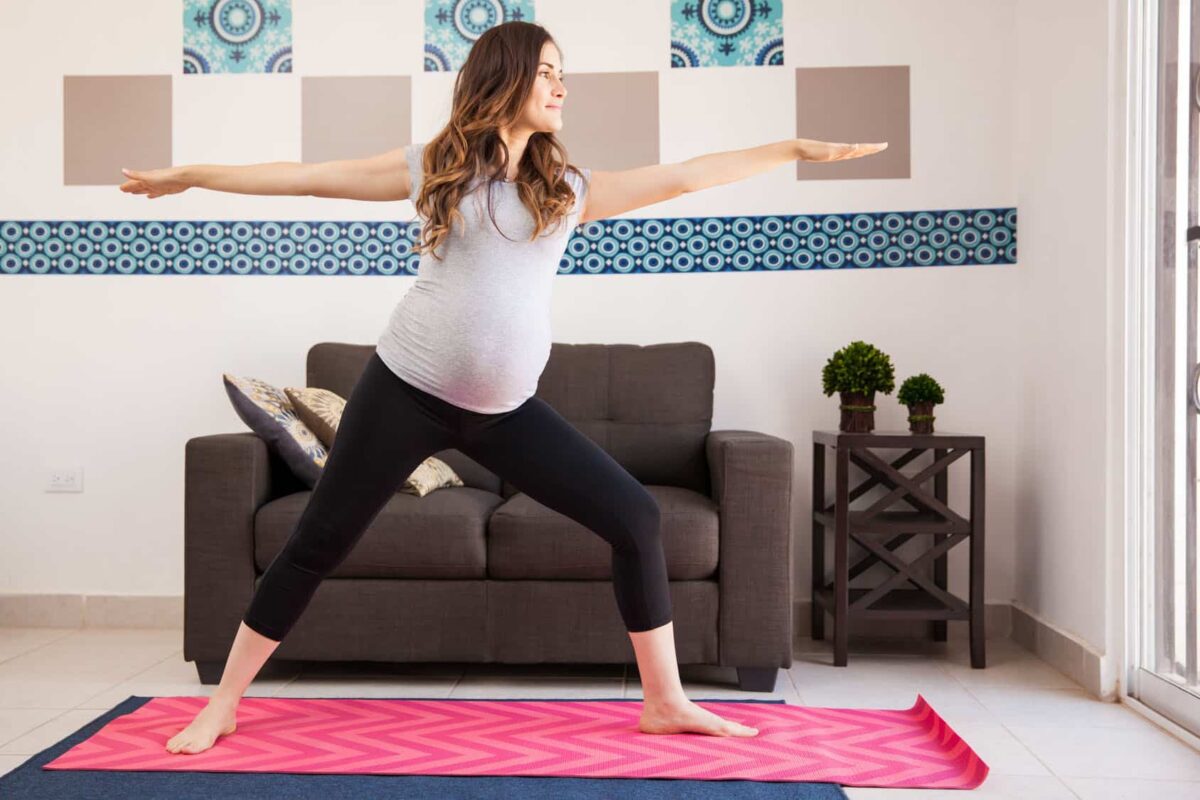Scoliosis is a medical condition characterized by an abnormal curvature of the spine, most commonly diagnosed during adolescence. The severity and type of scoliosis can impact an individual’s ability to work, ranging from mild cases with minimal disruption to severe cases requiring significant accommodations.

Types and Severity of Scoliosis: Implications for Employment
Scoliosis is classified into different types: idiopathic (unknown cause), congenital (present at birth), and neuromuscular (associated with conditions like cerebral palsy). The severity is measured using the Cobb angle, which determines the degree of curvature. The impact on employment varies based on the type and severity of scoliosis, influencing the need for accommodations and support.
Seeking Medical Advice: Consulting with Healthcare Professionals
Consulting healthcare professionals, such as orthopedic surgeons or physical therapists, is crucial for managing scoliosis in the workplace. These experts assess the severity, recommend treatments, and suggest accommodations. Regular check-ups ensure effective management and adaptation to workplace demands.
Accommodations and Workplace Modifications for Scoliosis
Employers are legally obligated to provide reasonable accommodations for employees with scoliosis. Common modifications include ergonomic chairs, adjustable desks, and flexible work schedules. Engaging in an interactive process with employees helps determine the most suitable adjustments to support their needs.
Ergonomics and Scoliosis: Creating a Supportive Work Environment
Proper ergonomics are essential for individuals with scoliosis. Adjustable chairs with lumbar support, footrests, and monitor stands can reduce pain and improve comfort. Ergonomic keyboards and mice also help alleviate strain on the hands and wrists, enhancing overall workplace comfort.

Assistive Devices and Tools for Individuals with Scoliosis
Assistive devices such as back braces, lumbar rolls, and cushions can help individuals with scoliosis manage their condition more comfortably at work. These tools provide support, alleviate pain, and improve spinal alignment throughout the workday.
Physical Therapy and Exercise: Managing Scoliosis at Work
Incorporating physical therapy and exercise into the work routine is crucial for managing scoliosis. Personalized exercise programs can improve posture and strength. Simple exercises and stretching breaks during work can relieve tension and promote better spinal alignment.

Pain Management Strategies for Scoliosis in the Workplace
Effective pain management strategies include heat or cold therapy, over-the-counter medications, and relaxation techniques. Alternative therapies like acupuncture or chiropractic care can also provide relief. Open communication with healthcare providers and employers about pain levels is essential for appropriate support.
Mental Health and Emotional Well-being: Coping with Scoliosis at Work
Scoliosis can impact mental health, leading to self-consciousness, anxiety, or depression. Employers can support mental well-being through employee assistance programs, flexible arrangements, and a culture of understanding. Support groups and online communities can also offer valuable emotional support.
Disclosure and Communication: Talking to Employers and Colleagues
Deciding to disclose scoliosis to employers and colleagues is personal but can foster understanding and support. Clear communication about how the condition affects work and the necessary accommodations can help create a more accommodating work environment.
Legal Rights and Protections for Employees with Scoliosis
Employees with scoliosis are protected under laws such as the Americans with Disabilities Act (ADA), which ensures equal opportunities and reasonable accommodations. Employers must engage in an interactive process to determine suitable modifications and protect employees’ rights against discrimination.
Success Stories: Inspiring Individuals Thriving in the Workplace with Scoliosis
Many individuals with scoliosis have achieved professional success despite their challenges. For example, Amy Smith, a marketing executive, excelled with ergonomic accommodations and flexible hours. Similarly, John Davis, a software engineer, maintained a successful career with an adjustable desk and regular exercise breaks.
In conclusion, individuals with scoliosis can thrive in the workplace with appropriate strategies and accommodations. Seeking medical advice, implementing workplace modifications, managing pain, and focusing on mental well-being are key to overcoming challenges and achieving professional success. Employers play a vital role in fostering a supportive and inclusive work environment.
Referenzen
- Lee, K. ‘Successful Workplace Adaptations for Employees with Scoliosis.’ Work and Employment Relations. 2017;51(1):98-110. doi: 10.1080/0143833X.2017.1289322
- Weinstein, S. L. ‘Scoliosis.’ The New England Journal of Medicine. 2013;368:854-862. doi: 10.1056/NEJMra1204679
- Osterman, A. L. ‘Ergonomics and Musculoskeletal Disorders.’ Occupational Medicine Clinics of North America. 2018;32(2):233-247. doi: 10.1016/j.ocl.2018.01.005
- Dogan, A. ‘The Role of Physical Therapy in Scoliosis Management.’ Physiotherapy Research International. 2014;19(4):222-232. doi: 10.1002/pri.1586
- Hresko, M. T. ‘Surgical Management of Scoliosis.’ Orthopaedic Clinics of North America. 2016;47(2):233-246. doi: 10.1016/j.ocl.2015.11.002
- Min, D. ‘Workplace Accommodations for Scoliosis.’ Journal of Occupational Rehabilitation. 2017;27(2):325-334. doi: 10.1007/s10926-017-9711-0
- Schmidt, A. ‘Assistive Devices for Spinal Conditions.’ Journal of Rehabilitation Research and Development. 2015;52(3):297-308. doi: 10.1682/JRRD.2014.08.0190
- Cleveland, M. ‘Ergonomics in the Workplace: Adjustments for Spinal Health.’ American Journal of Lifestyle Medicine. 2019;13(6):607-615. doi: 10.1177/1559827618825360
- Jackson, D. A. ‘The Impact of Scoliosis on Work and Mental Health.’ Journal of Occupational Health Psychology. 2020;25(1):20-32. doi: 10.1037/ocp0000187
- Brown, T. ‘Legal Protections for Employees with Disabilities.’ Disability and Health Journal. 2018;11(2):186-194. doi: 10.1016/j.dhjo.2017.08.007

